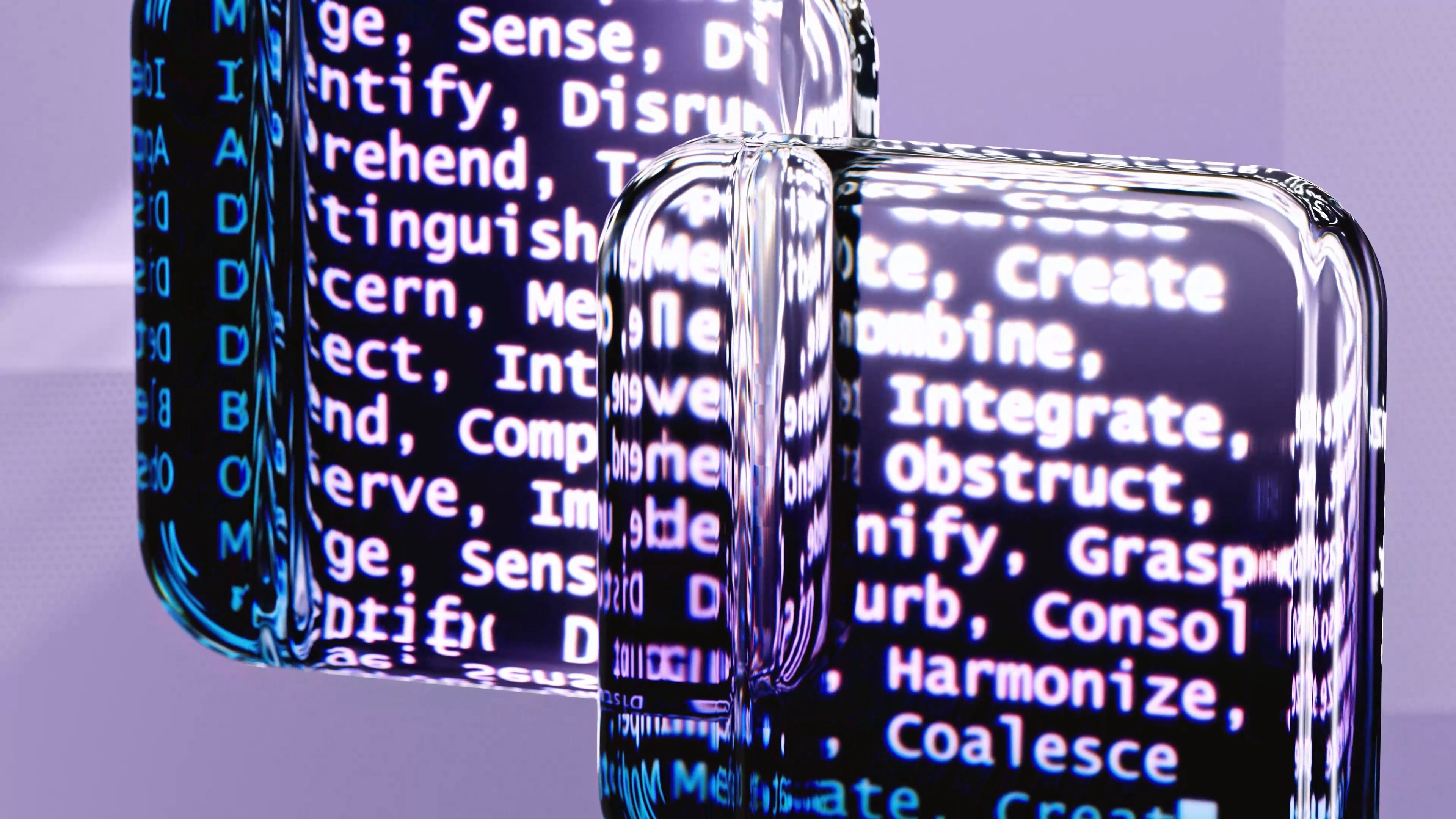Overview
The visual presents a comprehensive overview of the text-to-image diffusion model process. It illustrates a step-by-step progression from text input to generated image output. The process begins with the input of descriptive text, which serves as a creative prompt for the model.
This text is then encoded and processed through a series of diffusion steps, where noise is progressively reduced, and the image begins to take shape. As the diffusion steps unfold, the visual becomes clearer and more defined, aligning with the textual description.
The model utilizes attention mechanisms to ensure that relevant details are emphasized and accurately translated. Finally, the diffusion process converges, resulting in a fully generated image that reflects the textual input. The visual effectively captures the intricate interplay between text and image within the diffusion model, showcasing the transformation from textual concepts to vivid visual representation.
Approach
3D animation and design find a dynamic canvas in Cinema 4D, a versatile software celebrated for its innovative approach. With Cinema 4D, artists delve into a realm where imagination meets technology, crafting lifelike visual experiences that captivate audiences. Its intuitive interface empowers creators to sculpt intricate 3D models, seamlessly blend textures and materials, and illuminate scenes with realistic lighting.
The software's procedural modeling capabilities streamline design iterations, enabling artists to experiment with shapes, forms, and animations effortlessly. Cinema 4D's robust simulation tools breathe life into simulations, from fluid dynamics to cloth simulations, enriching the visual narrative.
Whether it's creating mesmerizing visual effects for films or constructing immersive architectural visualizations, Cinema 4D remains a favored choice, embodying a harmonious synergy between artistic expression and cutting-edge technology.


